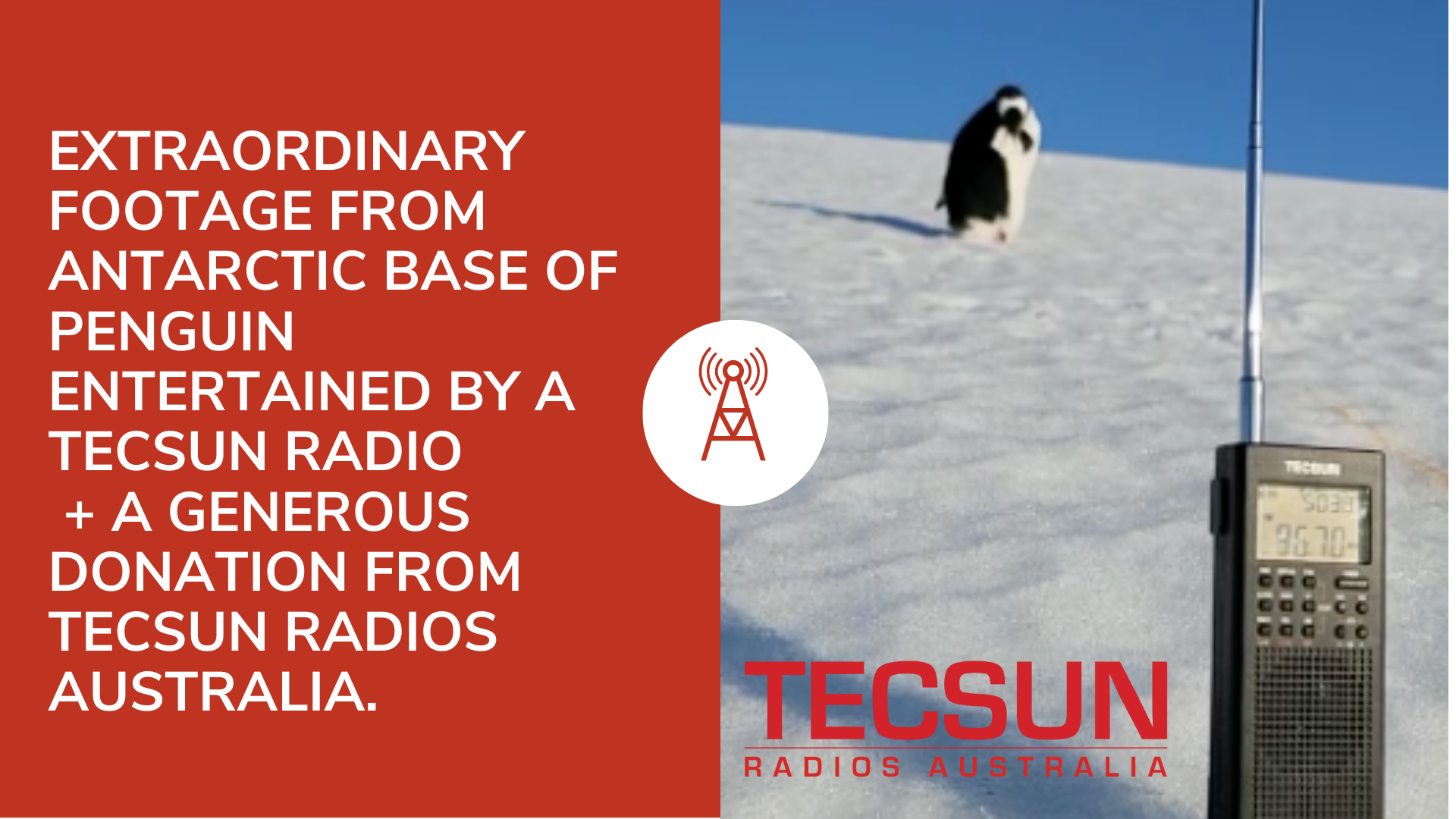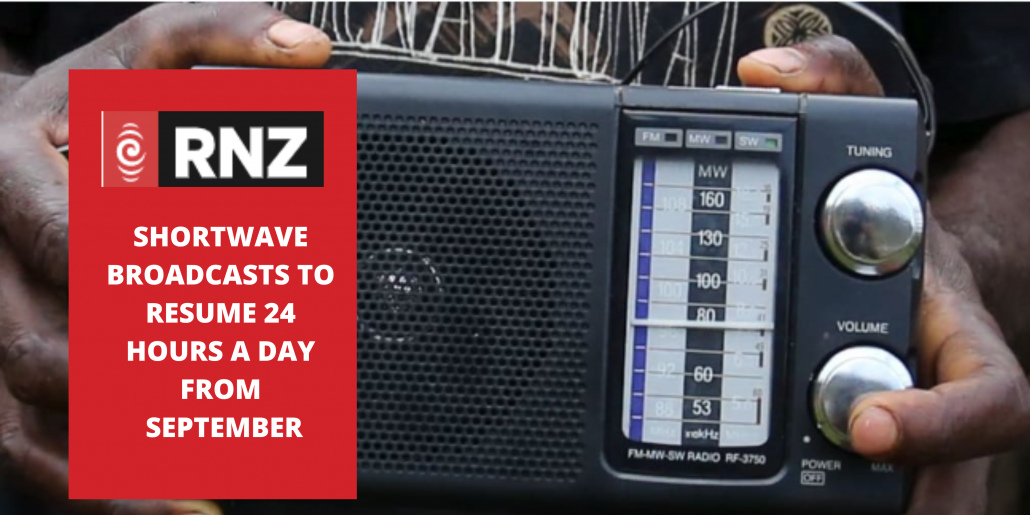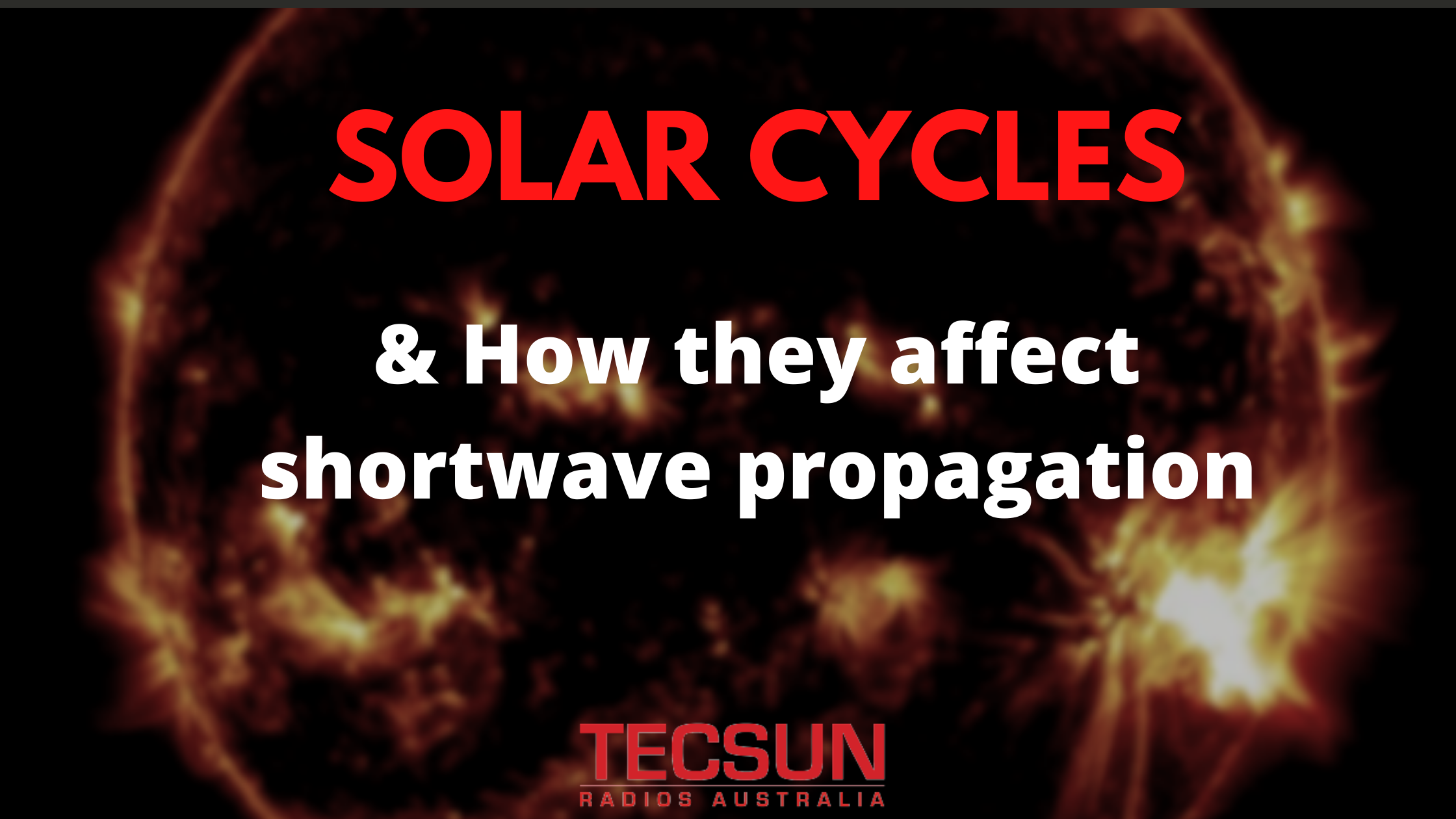
We have received some extraordinary footage all the way from an Argentinian Antarctic base. Penguins enjoying some music being played in this very remote location from a Tecsun Radio.
In an all white landscape, typically quiet apart from the sound of cracking ice, distant seals and penguins honking.
Alejandro LU8YD captured some penguins being entertained by some music broadcast from the local FM station LRA36 Radio Nacional Arcangel San Gabriel, using his Tecsun PL360.
They have named this footage “Pinguino”. It’s interesting to see the penguins gather around and listen to this music while preening themselves and relaxing.
This a reminder of how radio is used around the world, often in extremely remote locations as a source of information and entertainment, even for the penguins!
In a time where the news cycle can be on a constant negative cycle, we thought we would share this fun little snapshot from Antarctica!
The radio you are seeing in this video is a PL360. Here at Tecsun Radios Australia, we have recently introduced the new upgraded version of this radio, The Tecsun PL-368 DSP Handheld HF SSB Receiver with Synchronous Detection, you can read all about it here.
Speaking of Antarctica, We are excited to announce that Tecsun Radios Australia will donate shortwave radios to the Argentine Antarctic Base.
The Esperanza Antarctic base was founded in 1952 and has approximately 65 people living year-round. There are approximately 8 families with their children and a school with three levels of education. Each family has its own independent house. Scientific activities are carried out in cooperation with other countries. LRA36 is a station created in 1979 and broadcasts on shortwave on 15476 KHz USB, FM on 96.7 MHz, and streaming.
The place is located next to Caleta Choza in Bahia Esperanza north of the Antarctic Peninsula.
Tecsun Radios Australia will supply a range of Tecsun radios to those living at the Argentinian Esperanza Antarctic Base as part of an investigation into DX propagation and MW/SW monitoring in a low noise environment.
We will be supplying a mixture of PL-365s, PL880s, and other models to this community to be used in schools, family homes, communal dining rooms, warehouses, and power plants.
We expect we will receive some details on what shortwave reception is like from down there.
We look forward to sharing with you more details as to how these are put to use once they arrive at the base community.




